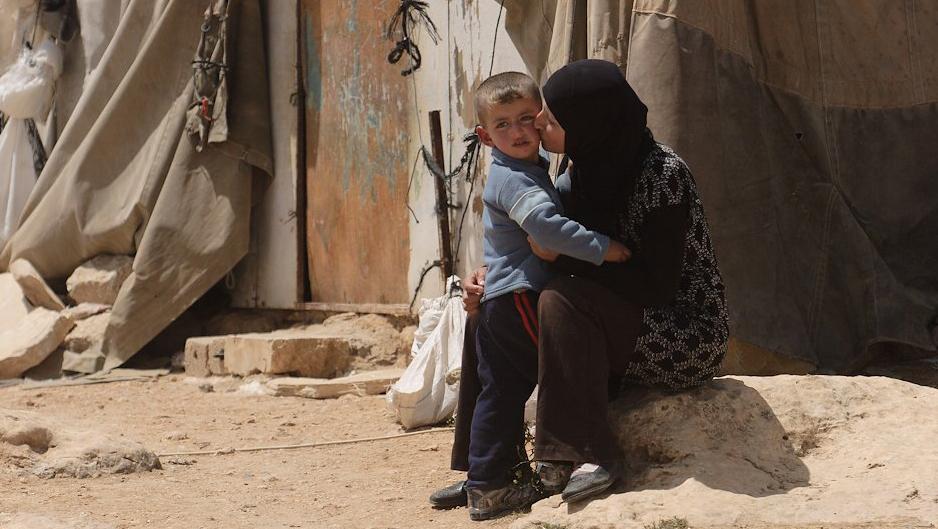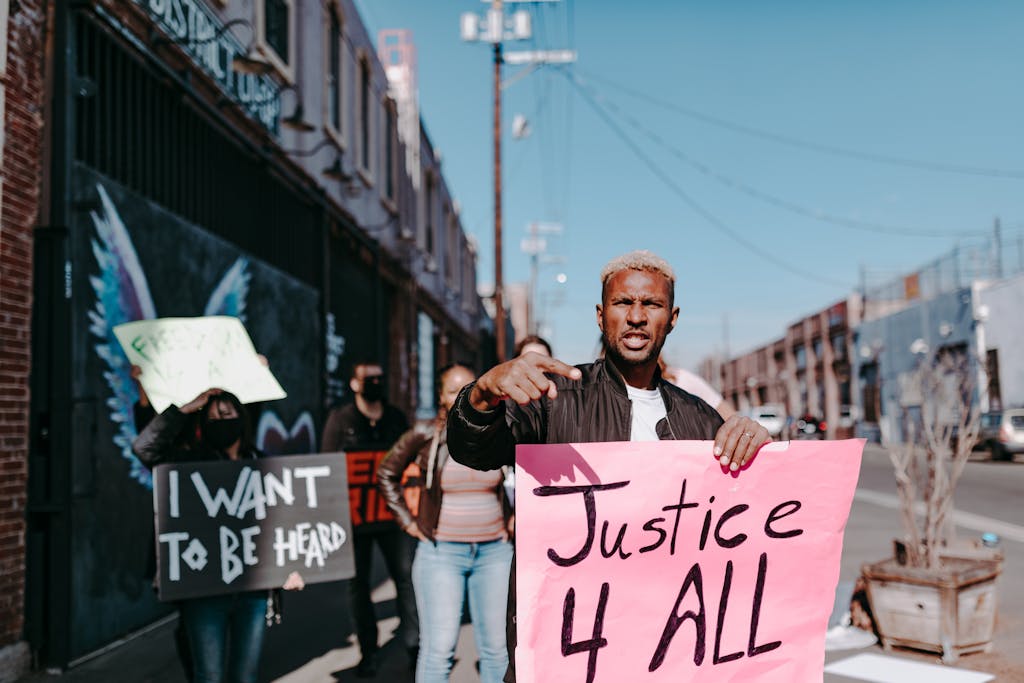Your cart is currently empty!
Watch: Palestinian Artist Destroys His Own Paintings So He Could Use Them as Firewood to Cook Food for His Children in Gaza

In times of war, the loss of life and the struggle for survival frequently dominate headlines, but some stories reveal the quieter, more intimate costs of conflict. They are moments when the mortal spirit confronts insolvable choices, and beauty itself becomes a casualty. In Gaza, where hunger and relegation have stripped daily life to its barest essentials, a single artist’s decision to burn his own paintings for firewood captures the depth of that struggle. It’s a stark reminder that behind every statistic lies a life, a passion, and a memory forced to yield to survival.
A Gaza Artist’s Painful Choice
In a dimly lit room in Gaza, Palestinian artist Taha Hussein Abu Ghali dismantles his own paintings, breaking the rustic frames apart to use as a firewood. A video he participated in captures the heart-wrenching moment: vibrant figurative and surrealist workshop — artworks of children, abstract visions, and stories in color — reduced to energy for a single mess.
“We can’t find flour or anything to cook with. As you can see, these are some of my most beautiful paintings, drawings, portraits of children, colours, and stories. Art that once carried meaning. All gone. Burnt to survive. In a crisis, even beauty becomes firewood,” Abu Ghali says in the clip, his voice quiet but steady, as his woman tends to a small pot over the new fire.
The act is further than emblematic. For Abu Ghali, each artwork carried times of labor and meaning. Now, under a blockade that has left Gaza’s 2.2 million residers in a philanthropic extremity, art has come as a resource for survival. His story reflects not only personal loss but the collaborative reality of a population caught in one of the world’s most acute man-made extremities.
International aid associations, including Doctors Without Borders (MSF), Save the Children, and Oxfam, have warned of “mass starvation” in the enclave. World Health Organization director general Tedros Adhanom Ghebreyesus described the conditions bluntly: “I don’t know what you would call it other than mass starvation and it’s man-made.”
In Abu Ghali’s quiet act of destruction lies an important message: when survival leaves no volition, indeed beauty must burn.
The Artist’s Journey
Taha Hussein Abu Ghali’s path as an artist began long before the extremity forced him to make unbelievable choices. A graduate of Al Aqsa University in Gaza, he cultivated a passion for figurative surrealism, blending abstract and cubist elements to explore themes of identity, childhood, and memory. His workshop frequently reflected the emotional geographies of life under siege, transubstantiating particular and collaborative experiences into vibrant visual narratives.
Beyond painting, Abu Ghali is an art teacher and an experimenter in mental health and art therapy, using creative expression as a tool to help others manage trauma. His dedication to education and community engagement deposited him as more than an artist. He became a custodian of cultural memory, conserving a sense of normality and hope through art in a region where both are fragile.
For Abu Ghali, the studio was formerly a sanctuary and a space where colors and stories could flourish despite the background of conflict. Each artwork represented times of patient labor, frequently completed under grueling conditions with scarce materials. His journey illustrates the adaptability of artists who continue to create in surroundings where the very act of painting can be an act of defiance against despair.
The Humanitarian Crisis in Gaza
Taha Abu Ghali’s act of burning his own paintings is a window into a crisis far larger than his family’s struggle. Across Gaza, starvation and displacement have reached disastrous situations, and survival often comes at the cost of dignity and culture.

According to the British Red Cross and the Palestine Red Crescent Society (PRCS), 470,000 people – 22% of Gaza’s population – are on the point of starvation, while severe child malnutrition is rising fast. Field hospitals in Rafah report treating infants so weak they collapse in their sleep, and medics are performing up to 40 emergency procedures a day under extreme shortages of medicine, fuel, and food. 70% of Gaza’s water infrastructure has been destroyed, leaving families to rely on contaminated water and fueling outbreaks of hepatitis, diarrhea, and other preventable diseases.
In northern Gaza, the situation is even more dire. BBC reporting documents families grinding animal feed into flour to survive, while some live on rice alone. Mahmoud Shalabi, a local medical aid worker in Beit Lahia, said, “What we had was actually from the six or seven days of truce [in November], and whatever aid was allowed into the north of Gaza has actually been consumed by now. What people are eating right now is basically rice, and only rice.” Residents have also been filmed digging into the debris to access broken water pipes, with one mother walking six miles in hunt of food after her children went three days without eating. The World Food Programme warns that without sustained and secure aid access, famine is almost inevitable. WFP regional chief Matt Hollingworth stated, “We know there is a very serious risk of famine in Gaza if we don’t provide very significant volumes of food assistance on a regular basis.”
Humanitarian access remains perilously confined. The UN Office for the Coordination of Humanitarian Affairs (OCHA) reports that over half of aid missions to northern Gaza are denied, leaving 300,000 residents largely cut off from lifesaving support. Convoys are frequently delayed for weeks or struck by nearby shelling, and critical medical supplies are depleted, with 47% of hospital medications and all chronic disease treatments unavailable.
The human toll is staggering:
- Over 61,000 killed and 151,000 injured since the escalation began.
- 90% of the population displaced, many up to six times.
- Mass-casualty incidents surging, with field hospitals operating far beyond capacity.
Even as Israel disputes the presence of famine and shortage stating there is “no starvation in Gaza” and blaming Hamas for resource shortages, WHO and multiple humanitarian organizations call the situation “man-made mass starvation”, stressing that unrestricted aid flow is the only way to prevent a full-scale famine.
Supporting With Care: What Readers and Advocates Can Do
Stories like Taha Abu Ghali’s are important because they reveal the mortal cost of conflict and the fragility of culture under siege. But beyond bearing witness, there are responsible ways for readers, advocates, and journalists to engage.

- Support Verified Humanitarian Organizations
Donate or amplify the work of established groups like the Palestine Red Crescent Society, International Committee of the Red Cross, World Food Programme, and Doctors Without Borders (MSF). These organizations are already on the ground delivering food, medical care, and shelter where it’s needed most. Avoid unverified fundraisers or social media campaigns that may not reach intended beneficiaries. - Amplify Stories With Context, Not Sensationalism
When sharing stories like Abu Ghali’s on social media or in your community, ensure they include credible context such as the broader humanitarian situation, verified death tolls, or UN warnings about food shortages. This helps audiences understand the systemic nature of the crisis and not just the emotional impact of one video. - Advocate for Cultural Preservation
Artists like Abu Ghali carry the memory of their people. Supporting initiatives that validate, digitize, or fund displaced art and heritage campaigns can help save cultural and artistic identity even when physical works are lost. Cultural institutions and NGOs often accept partnerships or visibility campaigns to keep these narratives alive. - Push for Policy and Awareness
Citizens outside conflict zones can contact representatives, participate in awareness campaigns, or support media that maintain focus on humanitarian issues. Public pressure and transnational visibility are often catalysts for aid access and policy change. - 5. Educate Yourself and Others Responsibly
Rely on primary sources and avoid amplifying unverified social media content, which can distort the narrative and harm humanitarian work.
By supporting with care, readers and advocates ensure that acts of resilience like Abu Ghali’s are remembered with dignity, and that aid and attention reach those who need it most.
When Survival Burns Through Memory
In the end, Taha Abu Ghali’s story is not only about a man burning his paintings. It’s about a community where memory, art, and beauty have become luxuries in the face of survival. Each frame that went up in flames carried years of labor and a scrap of Gaza’s cultural identity sacrificed to keep his children fed for one more day.
Gaza’s crisis is often measured in numbers and figures: tens of thousands dead, hundreds of thousands displaced, and nearly half a million on the brink of starvation. Yet, these numbers cannot encapsulate the quiet devastation of a father dismantling his heritage, or the way conflict erases the colors of life piece by piece. Abu Ghali’s choice is a reminder that when the world looks down, beauty can evaporate silently, consumed by hunger and neglect.
His story calls on us not just to witness, but to remember and respond, to support verified humanitarian work, to protect culture where it survives, and to demand that survival never comes at the cost of erasing a people’s memory. In Gaza, even art can burn, but the will to endure and the responsibility to act must not.
Featured Image from @art_taha_husien on Instagram
